Grassland
The last round of grazing started on 1st October. Michael had planned to graze some grass paddocks a second time, but was torn as the red clover crop had grown well and either had to be cut or grazed to allow light in to the clover over winter. As he has more than enough silage available for the winter, he decided to graze it with the weanlings and not to re-graze some of the grass paddocks with lower covers. He was concerned about bloat and took the following precautions;
- Administered bloat oil through the water trough before and during the weanling’s time in the field
- Fed a bale of silage to provide fibre
- Let them in full so that they did not gorge themselves
- Is strip grazing the paddock, but only grazing to 4-5cm and moving them along quickly to avoid them gorging on fresh allocations
- Is feeding them 2kg of ration/head/day
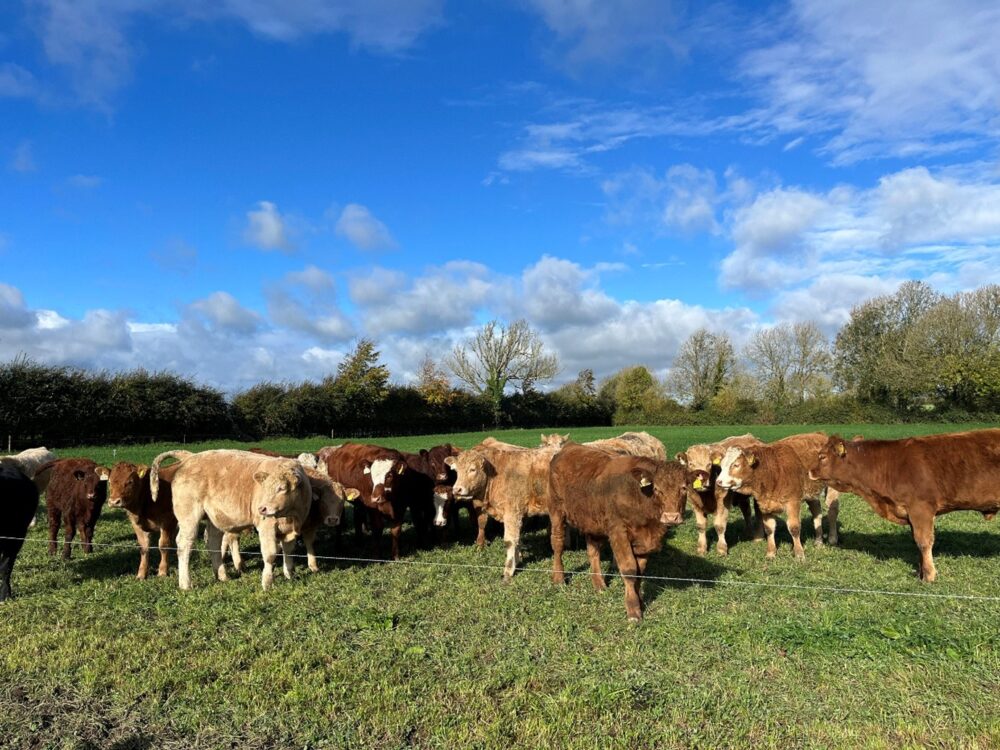
Figure 1: Weanlings grazing red clover field
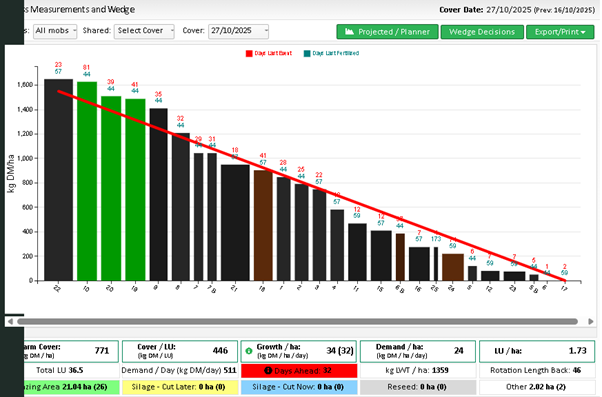
Figure 2: Grass wedge on 27th October 2025
Michael’s grass wedge on 27th October shows that he had a farm cover of 771 kg DM/ha with 32 days of grass ahead. The growth rate was 34 kg DM/ha/day since 16th October and the demand was 24 kg DM/ha/day at a stocking rate of 1.73 LU/ha. The paddocks in black show which ones are closed until next spring. Michael started the last round of grazing on 21st September with the aim of having 60% grazed by 25th October and closing the farm fully by 8th November. He is currently well on track to achieve this as he planned to have 82% of the farm grazed by 1st November and hit that figure by 27th October. The chart below shows the actual area grazed (82%) versus the target area grazed (82%) and the farm cover by week.
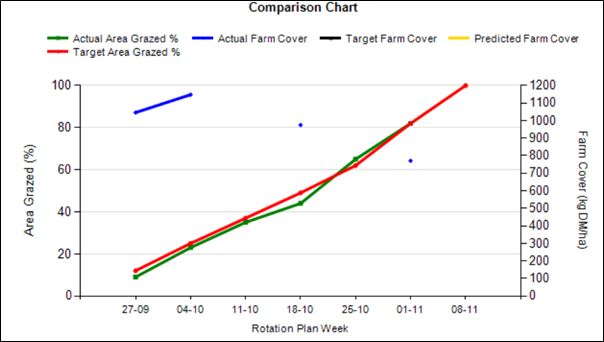
Figure 3: Progress on autumn rotation planner from PBI
Five key benefits of using the autumn rotation planner for Michael are:
- More days at grass and lower winter feed costs
- Keeping grazed grass in the diet for longer reduces silage and concentrate use over winter, cutting costs.
- Sets the farm up for spring grazing
- Closing paddocks in sequence (60:40 plan) creates a bank of grass for early turnout, allowing you to graze paddocks with 800–1,200 kg DM/ha next spring.
- Healthier stock and shorter housing period
- Extended grazing supports animal health and reduces time indoors, which also lowers slurry handling and housing costs.
- Improved animal performance
- Spring grass is a higher-value feed than silage; early access helps young cattle thrive and gets cows on a rising plane of nutrition post-calving, aiding fertility.
- Better decision-making and grazing control
- Using targets (e.g., 60% closed by early November on dry farms; start closing around Oct 10–20) and tools like post-grazing heights (3.5–4 cm) helps match stocking rate to supply, avoid re-grazing, and protect swards for quality next season.
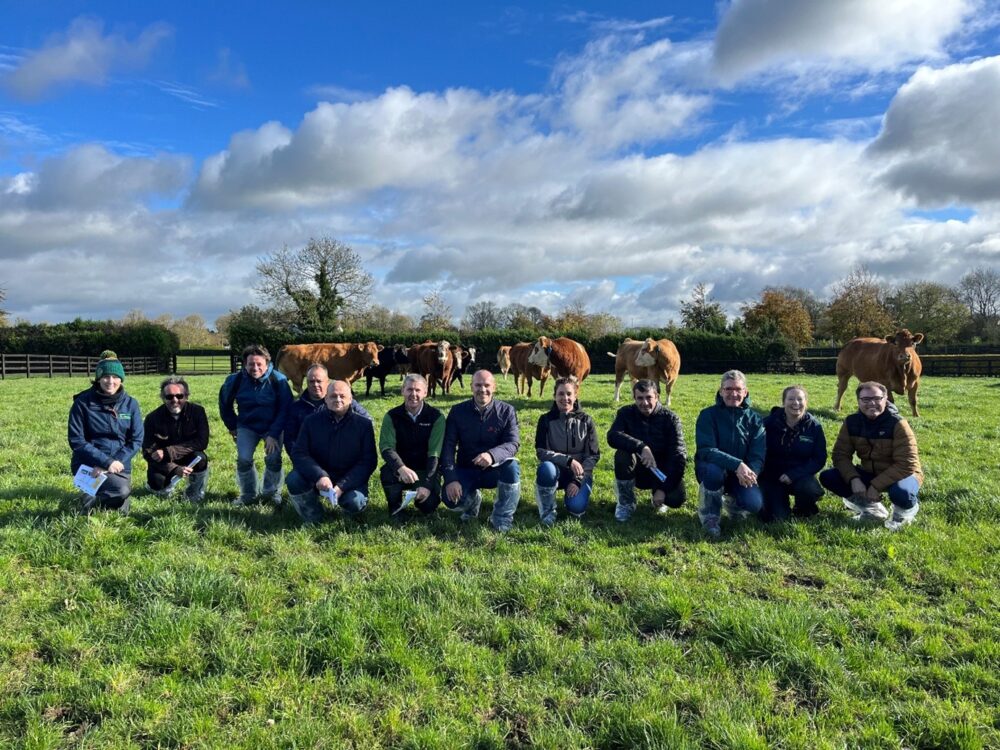
Figure 4: A recent group of Spanish visitors to the farm
Animal Nutrition
Winter Grazing of Forage Crops
Michael’s forage crop has performed exceptionally well this season. It was sown with Interval, a hybrid forage rape that provides excellent winter feed for outwintered weanlings from November to January. To ensure good animal performance and protect soil and water quality, Michael follows best practice steps for winter grazing forage crops.

Figure 5: The crop of Interval with buffer area visible in the background
- Adaptation
Michael will gradually introduce cattle to the forage crop over 7–10 days to prevent bloat and toxicity. Silage will always be available to maintain rumen health and aid digestion.
- Fibre
Because forage brassicas are low in dry matter (8–16%), Michael ensures at least 30% of the diet comes from silage to maintain adequate fibre intake.
- Minerals
Brassicas are low in key trace elements. Before turnout, Michael will give a mineral bolus rich in iodine, copper, cobalt, and selenium to support animal health and growth.
- Water
Livestock will have constant access to clean, piped water, ensuring they do not drink directly from streams or watercourses, reducing contamination risks.
- Feeding
Michael supplements the weanlings with 2kg of ration per head daily. Feed troughs are placed 20 metres from watercourses and moved regularly to prevent poaching and runoff.
- Poisoning Prevention
To avoid nitrate toxicity, Michael will not move the wire or offer new crop during frost. Grazing will be completed before the crop flowers in mid-March.
- Lie-Back Area
A 30% lie-back area is provided with a firm, dry surface and good grass cover. This gives animals a comfortable resting space and helps prevent soil damage. Michael has inserted bungee cords along the length of the paddock so that the cattle will have multiple access gaps to the lie-back instead of entering and exiting through one gap.
- Buffer Zones
A 5-metre double-fenced buffer zone is maintained along the river, which remains uncultivated and ungrazed. This prevents nutrient and sediment runoff into waterways and supports GAEC 4 compliance.
- Grazing Management
Strip grazing is typically carried out towards the watercourse to control nutrient flow and ensure efficient crop utilisation. This system helps minimise soil compaction and maintains sward quality.
- Yield & Allocation
Michael assesses the yield and available dry matter (DM) in the crop to match animal demand. The temporary fence is moved daily to provide the correct allocation and maintain consistent feeding.
- Cross Compliance
To meet GAEC 4 (Good Agricultural and Environmental Condition) requirements, Michael implements practical soil protection measures. These include:
- Providing adequate lie-back areas
- Moving troughs and feeders regularly
- Avoiding leaking water troughs
- Limiting stock numbers during wet periods
- Reducing access through single gateways to prevent poaching
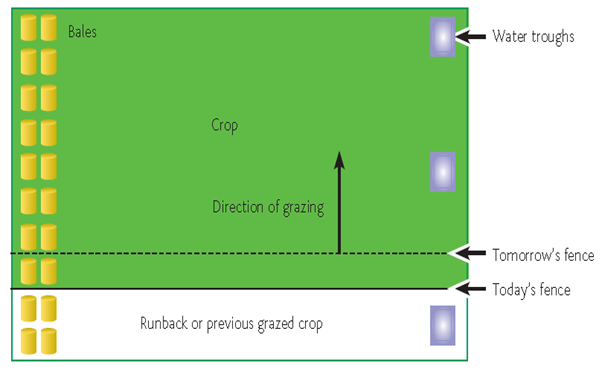
Figure 6: Recommendations for grazing catch crops
Performance
The finishing bullocks and heifers are being fed 6kg of ration/head/day twice daily at grass and the cull cows are being fed 4kg/head/day. They will be sold before the end of October. Michael was grazing paddocks firstly with the weanlings, then the culls and then the dry cows to clean out paddocks well. The second batch of finishing cattle were then being followed by another group of dry cows.
The finishing cattle were weighed on 6th October. The 15 bullocks averaged 703kg and gained 1.53 kg/day on average since their last weighing on 10th September. They had a lifetime average daily gain of 0.98 kg/day. The finishing heifer weighed 638kg on the same day and gained 1.46kg/day during the same time, with a lifetime ADG of 0.9 kg/day.
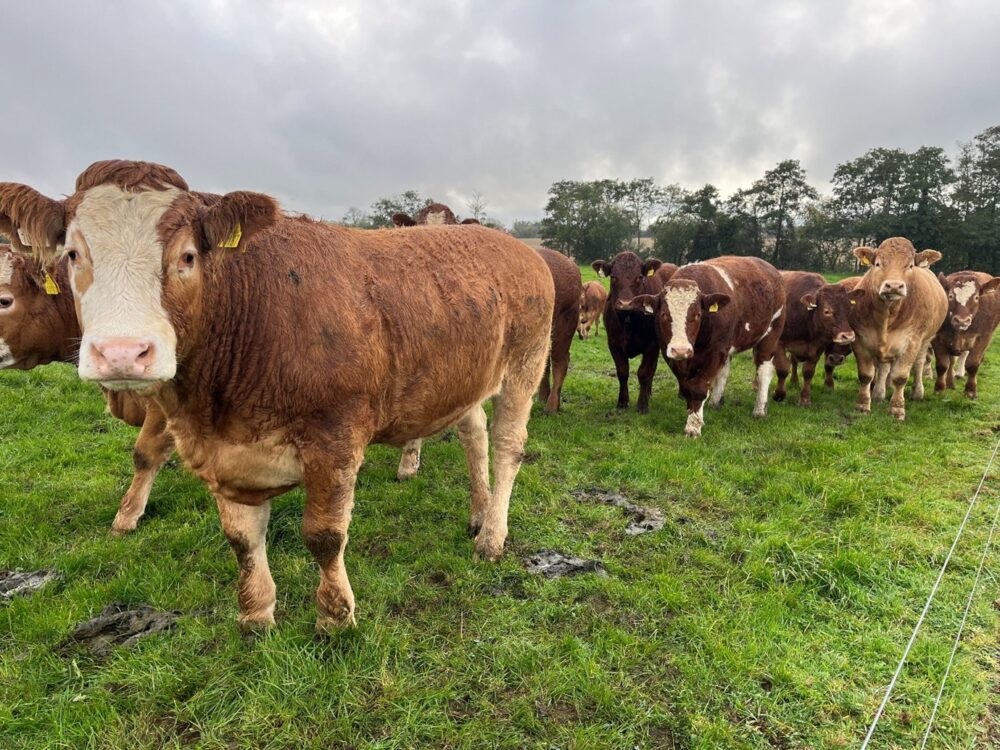
Figure 7: Finishing bullocks at grass
